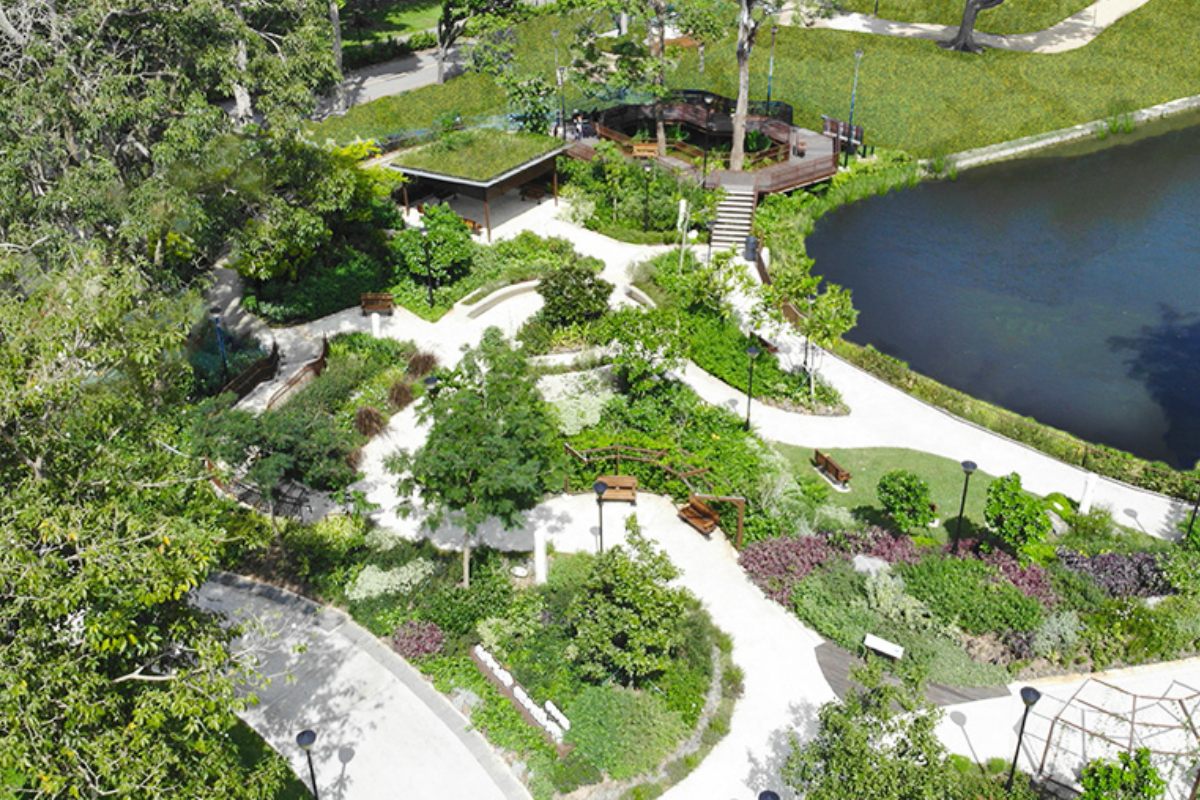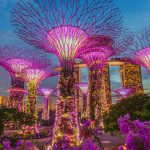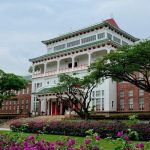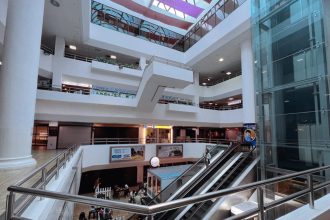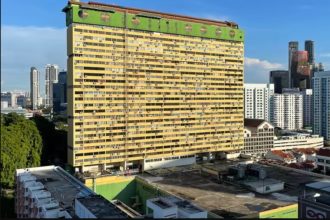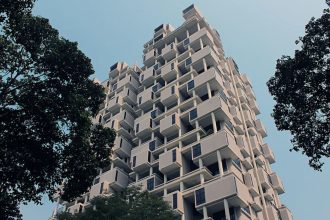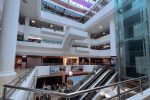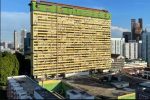Key takeaway
East Coast Park, now one of Singapore’s largest and most beloved coastal parks, was built entirely on reclaimed land starting in the 1960s. The transformation was part of a massive reclamation effort that ran through the 1970s and beyond. What grew out of the sea was not only a beach and park, but a visionary public space where people work, play, and connect, made possible by bold engineering, creative urban planning, and long-term commitment.
Imagine a stretch of coastline so ordinary that it began as sea, then slowly became sand, and finally blossomed into one of Singapore’s favorite hangout spots. That is the story of East Coast Park, a place we now take for granted, but which owes its existence to a daring plan decades ago.
Why reclaiming land for East Coast Park made sense
In the early 1960s, Singapore faced a land shortage. Rapid development, housing needs, and a growing population pushed the government to think creatively. The southeastern shore presented an opportunity: reclaim land from the sea and build something lasting. Beyond urban expansion, planners envisioned a park that could buffer the coastline from storm surges and erosion.
The East Coast Reclamation Scheme officially began in 1966, carried out in seven phases over some 30 years. The project added about 1,525 hectares of new land along the southeast coast. Fill materials came from hills in Bedok and Tampines, along with sand imported from abroad. Engineers faced technical challenges such as soil settlement and drainage, which required innovative solutions and constant monitoring.
Starting from the sea: Early development in the 1970s
By 1971, the reclamation had progressed significantly. In that same period, work to build East Coast Park started in earnest. Trees and shrubs went in, paths were laid, and by October 1972, parts of the park were opened to the public, even as construction continued. Early visitors enjoyed walking along temporary boardwalks while watching construction barges at work.
A major milestone came in 1974, when plans for a seaside resort were announced. These included holiday chalets, dining facilities, sports amenities, and more. The aim was to offer Singaporeans a true beachfront getaway, right in their backyard. These developments made the park an attractive spot for families seeking affordable leisure, complementing other recreational initiatives in the city.
The lagoon that drew thousands
In May 1976, a massive swimming lagoon opened. It could hold up to 6,000 people, spanning an area equivalent to 40 Olympic-sized pools. Within its first week, the lagoon welcomed more than 70,000 visitors. The park’s early popularity can be compared to attractions like Singapore’s $70 Million Theme Park, which drew crowds despite its limited lifespan. The lagoon became a social hub, where weekends were filled with families and youth enjoying the sun and sand.
The cost and commitment behind the reclamation
The East Coast reclamation was not just ambitious; it was expensive. The total cost came to around S$613 million at the time. A conveyor belt system carried earth from local hills to barges, which then dumped the fill into the sea. Breakwaters, artificial headlands, were built offshore to protect the reclaimed coastline from erosion. Regular surveys ensured the shoreline maintained its shape against tidal action.
The project required coordination between multiple government agencies, including the Public Works Department, the Port of Singapore Authority, and the Urban Redevelopment Authority. These collaborations ensured that construction schedules, safety standards, and long-term land use goals were aligned effectively.
How the East Coast Park evolved over time
East Coast Park grew in phases, with each phase adding more facilities:
- In 1972, planting began, and footpaths were laid.
- In 1974, resort-style facilities were announced.
- By 1976, the lagoon was open, along with refreshment kiosks.
- Underpasses were constructed to connect the park with nearby residential areas.
- By the late 1970s, the park had expanded further, complementing other green spaces like the 24-km green corridor.
Infrastructure and accessibility
Six underpasses allowed safe access across busy roads, while the East Coast Parkway provided a scenic commuting route. Facilities like barbecue pits, playgrounds, and cycling tracks ensured visitors could enjoy varied recreational activities, linking it conceptually to other urban leisure spaces such as Singapore’s largest Hawker Centre. Lighting along paths and benches added comfort for evening strolls, making the park accessible around the clock.
East Coast Park: flora and fauna along the coast
While much of the park was constructed on bare reclaimed land, planners introduced native flora to encourage wildlife. Casuarina trees, coconut palms, and beach shrubs were planted to stabilise sand and provide shade. Birdwatchers can now spot species like kingfishers and herons, while monitor lizards and occasional wild otters make appearances near the lagoon. These natural elements created a balance between human recreation and ecological preservation, enhancing the park’s charm and educational value for families and school trips alike.
Community and cultural events
East Coast Park has become more than just a green space. It hosts cultural festivals, charity runs, and food fairs that draw tens of thousands each year. Annual events, like the National Day celebrations and cycling competitions, transform the park into a vibrant meeting point for locals and tourists. These events have strengthened community bonds and established the park as a venue for national pride and cultural exchange, adding layers to its significance beyond the shoreline.
Sports and recreation facilities
Over the decades, the park has added jogging tracks, rollerblading lanes, and water sports amenities. Sailing clubs operate along the coast, while designated zones allow kite flying and beach volleyball. Families and fitness enthusiasts alike benefit from the open layout, catering to both casual leisure and organised sports. These recreational options reflect the park’s original vision as a versatile space for Singaporeans to relax, exercise, and socialise outdoors in a safe and structured environment.
Fast facts and figures about East Coast Park
East Coast Park is not only visually striking, but it also impresses with its scale, facilities, and history. Here are some key facts and figures that give a clearer picture of the park’s size, features, and the effort that went into making it a reality:
- Total area: ~185 hectares, making it Singapore’s largest urban park, this vast space accommodates beaches, lagoons, sports facilities, and picnic areas for residents and visitors alike.
- Beach length: about 15 km, the man-made shoreline stretches along the southeastern coast, offering extensive sandy beaches for sunbathing, cycling, and water sports.
- Opened (first phase): October 1972, parts of the park were accessible to the public while construction continued, allowing early visitors to enjoy new recreational spaces as they were developed.
- Swimming lagoon capacity (1976): ~6,000 people. The massive lagoon became a major attraction, large enough to host thousands of swimmers safely at the same time, and providing an alternative to the open sea.
- Reclamation cost (1966–1985): ~ S$613 million. The ambitious reclamation project involved extensive earthmoving, breakwater construction, and landscaping, reflecting the government’s long-term vision for urban green space.
Informational table: East Coast Park highlights
| Feature | Details | Notes |
|---|---|---|
| Total area | ~185 hectares | Largest urban park in Singapore |
| Beach length | ~15 km | Man-made shoreline |
| Swimming lagoon | Capacity 6,000 | Opened 1976 |
| First phase opened | October 1972 | Partial public access during construction |
| Reclamation cost | ~S$613 million | 1966–1985 |
Reclaiming the future, inspired by the 1970s
The journey of building East Coast Park on reclaimed land in the 1970s is not just a feat of engineering. It is a deeply human story. Thousands of Singaporeans now cycle, picnic, swim, and simply breathe sea air where once there was only water. The reclamation project made it possible, and its legacy still shapes how we think about land, nature, and public space today. More on ongoing coastal park development is available from NParks, highlighting how management continues decades after the original reclamation.
